- Home
- Seanan McGuire
Alien Artifacts
Alien Artifacts Read online
Alien
Artifacts
Other Anthologies Edited by
Patricia Bray & Joshua Palmatier
After Hours: Tales from the Ur-Bar
The Modern Fae’s Guide to Surviving Humanity
Clockwork Universe: Steampunk vs Aliens
Temporally Out of Order
Were-
Alien
Artifacts
Edited by
Joshua Palmatier
&
Patricia Bray
Zombies Need Brains LLC
www.zombiesneedbrains.com
Copyright © 2016 Patricia Bray, Joshua Palmatier, and Zombies Need Brains LLC
All Rights Reserved
Interior Design (ebook): April Steenburgh
Interior Design (print): C. Lennox
Cover Design by C. Lennox
Cover Art “Alien Artifacts” by Justin Adams
ZNB Book Collectors #6
All characters and events in this book are fictitious.
All resemblance to persons living or dead is coincidental.
The scanning, uploading, and distribution of this book via the Internet or any other means without the permission of the publisher is illegal and punishable by law. Please purchase only authorized electronic editions of this book, and do not participate or encourage electronic piracy of copyrighted material.
Kickstarter Edition Printing, July 2016
First Printing, August 2016
Print ISBN-10: 1940709083
Print ISBN-13: 978-1940709086
Ebook ISBN-10: 1940709091
Ebook ISBN-13: 978-1940709093
Printed in the U.S.A.
Copyrights
Introduction copyright © 2016 by Patricia Bray
“Radio Silence” copyright © 2016 by Walter H. Hunt
“The Nightside” copyright © 2016 by Julie Novakova
“The Familiar” copyright © 2016 by Dave Farland
“Me and Alice” copyright © 2016 by Angela Penrose
“The Other Side” copyright © 2016 by S.C. Butler
“The Hunt” copyright © 2016 by Gail Z. Martin & Larry N. Martin
“The Sphere” copyright © 2016 by Juliet E. McKenna
“Shame the Devil” copyright © 2016 by Sharon Lee & Steve Miller
“The Captain’s Throne” copyright © 2016 by Andrija Popovic
“Weird is the New Normal” copyright © 2016 by Jacey Bedford
“And We Have No Words to Tell You” copyright © 2016 by Sofie Bird
“Titan Descanso” copyright © 2016 by James Van Pelt
“Alien Epilogue” copyright © 2016 by Jeanne Cook
“The Haint of Sweetwater River” copyright © 2016 by Anthony Lowe
“Music of the Stars” copyright © 2016 by Jennifer Dunne
“The Night You Were a Comet” copyright © 2016 by Coral Moore
“The God Emperor of Lassie Point” copyright © 2016 by Daniel J. Davis
“Pandora” copyright © 2016 by C.S. Friedman
“Round and Round We Ride the Carousel of Time” copyright © 2016
by Seanan McGuire
Table of Contents
Introduction
by Patricia Bray
“Radio Silence”
by Walter H. Hunt
“The Nightside”
by Julie Novakova
“The Familiar”
by David Farland
“Me and Alice”
by Angela Penrose
“The Other Side”
by S.C. Butler
“The Hunt”
by Gail Z. Martin & Larry N. Martin
“The Sphere”
by Juliet E. McKenna
“Shame the Devil”
by Sharon Lee & Steve Miller
“The Captain’s Throne”
by Andrija Popovic
“Weird is the New Normal”
by Jacey Bedford
“And We Have No Words to Tell You”
by Sofie Bird
“Titan Descanso”
by James Van Pelt
“Alien Epilogue”
by Gini Koch
“The Haint of Sweetwater River”
by Anthony Lowe
“Music of the Stars”
by Jennifer Dunne
“The Night You Were a Comet”
by Coral Moore
“The God Emperor of Lassie Point”
by Daniel J. Davis
“Pandora”
by C.S. Friedman
“Round and Round We Ride the Carousel of Time”
by Seanan McGuire
About the Authors
About the Editors
Acknowledgments
INTRODUCTION
Patricia Bray
First contact between humans and aliens is a staple of science fiction. But what if our first contact isn’t with an alien species, but with one of their artifacts? Perhaps in our explorations we stumble across an alien trash heap or an abandoned cache of treasures. We might find a device built to seek out other intelligent species, or an incomprehensible piece of debris from an ancient catastrophe. It could be something as seemingly simple as a sculpture, or as complex as a derelict spaceship.
In ALIEN ARTIFACTS we asked authors to imagine what would happen when humanity encountered one of these alien artifacts. What kind of object would it be? How would the characters react to finding this proof of alien life? Would the object be an intellectual curiosity? Or something that could transform Earth’s technology, catapulting our civilization to new heights—or our own destruction?
The result was nineteen intriguing stories of discovery, from humor to horror, with artifacts ranging from discarded trash to devices beyond human comprehension. There’s something for everyone in here.
Enjoy!
RADIO SILENCE
Walter H. Hunt
On the day that the world did not come to an end, Luanne Jacoby came into the Solar Observatory control room to begin her shift. To her surprise she found Jeremy Gonzalez sitting at his station, a few empty coffee cups and spent stimpaks on the console table, a detailed holo view of the Sun turning slowly in front of him.
“I thought you were off-shift.”
“I was supposed to be,” he answered. He reached for a coffee cup and noticed that it was empty. He put the hand to good use, running it through his thinning hair. “But there’s just the damnedest thing going on.”
To Jeremy, Luanne knew, the damnedest thing could be a late-game loss by a favorite sports team, or a weird reflection of light in his quarters—not that she’d ever seen them: pics of them, but not the premises themselves—or any of a hundred other items that caught his interest for minutes or hours. But those didn’t usually keep him eight hours past his duty cycle.
“Tell me more,” she said, sitting next to him and looking up at the holo.
Jeremy’s face lit up like a small child getting ready to ask a knock-knock joke. “It’s just the damnedest thing. I was doing the usual analysis on sunspot activity—we’re near a maximum—”
“I know. Everyone knows.”
“Yeah. Sorry. We’re near a max, and I was analyzing the activity, but some strange data turned up.” He swiped a finger near the holo and a table of numbers appeared. “All of a sudden we saw a burst of neutrinos, which looked very, very much like a core collapse.”
“That’s impossible. The Sun doesn’t have enough mass for that. We’re millions of years from a possible nova or supernova.”
“Data, Lu.” He pointed at the numbers. “There was a neutrino burst. For about two and a half seconds we had the very beginning of a solar core collapse. If it had gone on just a litt
le longer we’d not be having this conversation. No one in the inner Solar System would be having any sort of conversation, ever again.”
She waved at the image, bringing it closer, and zoomed in at the figures.
“Okay,” she said. “You’ve got my interest. What caused it?”
“Don’t know.”
“What stopped it?”
“Don’t know exactly. But at the 2 point 48 second mark there was something, and then the neutrino burst stopped. It didn’t dissipate—it just stopped, instantly, nothing at all after that.”
“What sort of something?”
“That’s the interesting part.” He smiled again and turned to the console. He brought up another holo and waved at it.
There was a sudden burst of sound, like a low keening—actually more like someone playing a wind instrument through ductwork. She began to speak, but Jeremy put up his hand, and then theatrically pointed at the display. At just that moment the keening changed tone to a slightly lower register, then returned to its original pitch.
He waved away the second holo.
“You know what that was.”
“Some bad experimental band.”
“It’s the standard audio representation of the cosmic background radiation,” he said. “And right at the 2 point 48 second mark of the neutrino emission it changed for—let’s see—about 1 point 3 seconds.”
“And the neutrino emissions stopped.”
“Absolutely. And instantly.”
“Has this happened before?”
“Funny you should ask that. It was the first thing I thought of, and I went back through the data we have.”
“Are you insane? That’s attobytes of solar observations. No wonder you were up all through your off shift.”
“Fortunately,” Jeremy said, “I have the aid of powerful computing systems.” He smiled. “The answer is yes, it’s happened before: six times in the last twenty years. Each time there was a neutrino emission, and each time the CBR seemed to alter to compensate. What’s more, there’s a similar alteration in the CBR just about an hour earlier. Similar, but not exactly the same.” He slumped back in his chair and rubbed his eyes. “I have no explanation, Lu. Just the data.”
“You’re right,” she said. “That is the damnedest thing. The CBR is the echo of the Big Bang—I wouldn’t think that there was anything that could alter it.”
“I was hoping you’d have some ideas.”
“I have some questions. What’s the period of this event? Is it regular?”
“Like clockwork. About 1100 standard days apart. I can give you the exact figure.”
“That sounds like an orbital component—like something at a distance from the primary, reaching some point in its orbit. 1100 days would be outside Mars—somewhere in the inner asteroid belt.”
“Something—like what?”
“An asteroid, I’d guess.” She smirked at him; usually he was first to the mark with wiseass comments. “All we have to do is find something with the correct orbital period, and we can see what’s interfering with the cosmic background.”
“Twice. Fifty-three minutes apart, every 1100 or so days. You realize how absurd the idea sounds.”
“Jeremy,” she said, “I’ve been working with you for two years. I’m used to absurd. As my astrophysics professor used to say, ‘when you eliminate the impossible whatever remains, no matter how unbelievable, must be the truth.’”
“That was Sherlock Holmes.”
“Fine. Whatever. Now why don’t you go get some sleep? I have work to do.”
* * *
The Solar Observatory maintained an orbit synchronous with Mercury, about five million kilometers further from the Sun and at opposition, so that the little planet never interfered with the station’s primary task. It had been described as the worst research posting in the Solar System when Luanne was at MIT a dozen years earlier, pursuing her astrophysics Ph. D.—but since her doctoral had been based on a careful study of sunspot patterns, it was the natural place to go.
She loved it. It was sparsely furnished and had only a small staff, most of which rotated out after a year or so—“the best tanning salon in the System” wasn’t interesting for most people. Luanne assumed they went out to Pluto or the Kuiper or something. When Jeremy had come on board, transferring from Arecibo, she assumed he’d come and go like most everyone else, but he seemed different, absorbed by the study of whatever he was assigned, a real scientific explorer. Most of the sorts of things he turned up were intellectual challenges but ultimately dead ends, but that’s science for you.
This one was different. He knew it; she knew it too. She dove into the problem the way she always did: straight ahead, completely focused, piecing together data on the visual workbench in front of her.
“Here.”
She felt her elbow being jostled and looked away from the asteroid database to see Jeremy standing there, still looking rumpled, holding out a cup of coffee. She took it and sipped: he’d made sure to add just enough cream.
“Shouldn’t you be getting some sleep?”
“I did. Four hours, then I read the sports net and got some breakfast.”
She looked at the chrono, then back at Jeremy. Oh. She gestured to a seat nearby.
“So.” He leaned back in his chair. “What have you turned up?”
“What makes you think I’ve turned anything up?”
He gestured at the holo, which was full of windows, pictures, and notes.
“There are fourteen asteroids at approximately the right orbit,” she said. “Eight of them are almost exactly the correct orbital length. None are among the five hundred largest asteroids, so these are all just random rocks.”
“Anything curious about any of them?”
“At first glance, no. But I think it’s a case of the dog in the nighttime.”
“More Sherlock Holmes references. What sort of curious affair are we looking at, Lu? In space no one can hear dogs not bark.”
“Yeah. That. I was curious about the eight asteroids I found, and one of them—” she pointed at a small picture, enlarging it until it was a few hundred centimeters across “—this one, is the most unusual. It has no signature: it’s not magnetic, it’s not thermal, and—”
“And it’s black.”
“It’s completely non-reflective. It was only discovered by occlusion: it passed in front of a larger object and, of course, it was of no interest to anyone, except...”
“Except?”
“Except that every 1100 days or so it gives off a small amount of heat. Fifty or sixty joules—like a single drop of sweat.”
“And it happens right at the same time?”
“It’s on a delay, a little short of an hour. Fifty-three minutes. Right about the time the earlier CBR alteration occurs.”
Jeremy reached out to a console and operated a small calculator. “Nine hundred and seventy million kilometers. Sounds just about right. This little guy messes with the CBR and sends out a tiny bat fart, and at the speed of light it reaches Sol, which smells it and decides not to blow the Solar System to hell.”
“…Yes. Basically, yes, though it makes as little sense as the idea that Sol almost goes nova every 1100 days for two and a half seconds. There’s only one real explanation: this is some sort of technology. Alien technology.”
“Ooh. Aliens.”
“Do you have a better explanation?”
“No. Of course not. But what are we to make of this?”
“We need to tell someone. My guess is that we’re going to have to go take a look. Though I don’t know to what end: in fact, as soon as this data leaves this desk, it’s going to get into the hands of people who are all about taking a look. My biggest concern is...”
“They’ll want to fiddle with the knobs.”
“You have the best way of describing things,” she said, sipping her coffee. Bat farts, she thought.
* * *
One month after the day that the world did
not come to an end, the UN cruiser Aldrin was keeping station eight thousand kilometers from a small asteroid that had neither a magnetic field nor a thermal signature: it was just an irregular bit of black rock drifting through an asteroid field, a billion kilometers from the Sun.
Luanne’s fears had been partially justified. Once Dr. Armand Gregory, director of the Solar Observatory, received word of the intermittent neutrino emissions, he ran with it directly to UN Space Command which, in turn, assigned a mission to Aldrin to investigate the asteroid that she had identified. On the plus side, she and Jeremy had been permitted to accompany the mission as civilian observers in exchange for keeping the news off the net. Jeremy hadn’t liked the compromise, but Luanne wanted to see the asteroid close up and, with UNSC involved, this would be the only way to do it.

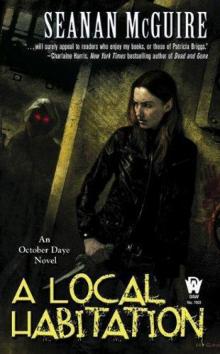 A Local Habitation
A Local Habitation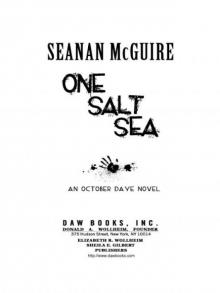 One Salt Sea
One Salt Sea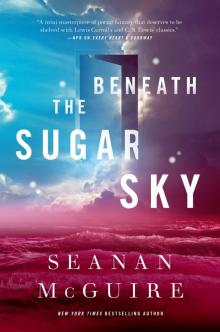 Beneath the Sugar Sky
Beneath the Sugar Sky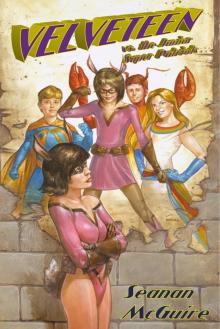 Velveteen vs. The Junior Super Patriots
Velveteen vs. The Junior Super Patriots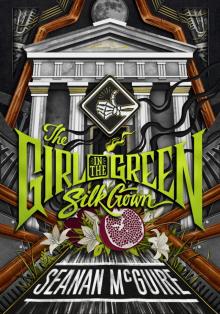 The Girl in the Green Silk Gown
The Girl in the Green Silk Gown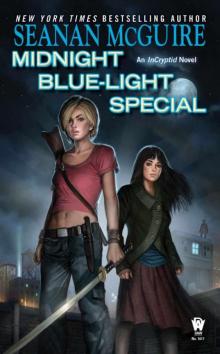 Midnight Blue-Light Special
Midnight Blue-Light Special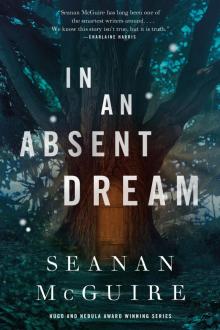 In an Absent Dream
In an Absent Dream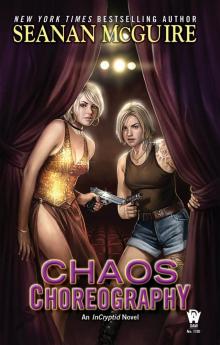 Chaos Choreography
Chaos Choreography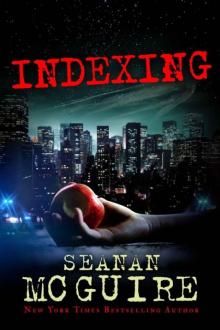 Indexing
Indexing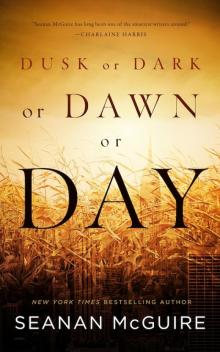 Dusk or Dark or Dawn or Day
Dusk or Dark or Dawn or Day Down Among the Sticks and Bones
Down Among the Sticks and Bones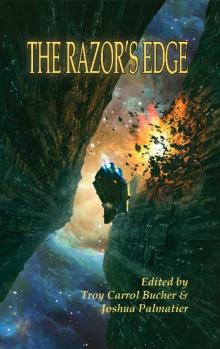 The Razor's Edge
The Razor's Edge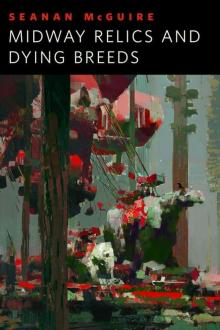 Midway Relics and Dying Breeds
Midway Relics and Dying Breeds Pocket Apocalypse
Pocket Apocalypse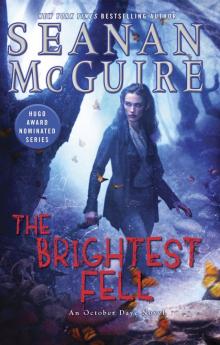 The Brightest Fell
The Brightest Fell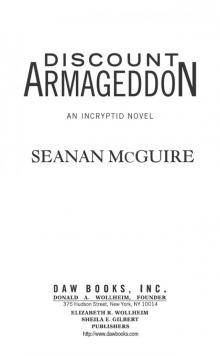 Discount Armageddon
Discount Armageddon Snakes and Ladders
Snakes and Ladders Chimes at Midnight
Chimes at Midnight Broken Paper Hearts
Broken Paper Hearts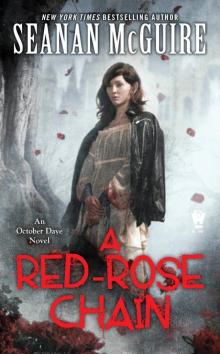 A Red-Rose Chain
A Red-Rose Chain Married in Green
Married in Green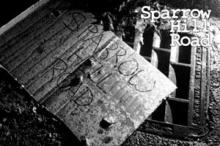 Sparrow Hill Road 2010 By Seanan
Sparrow Hill Road 2010 By Seanan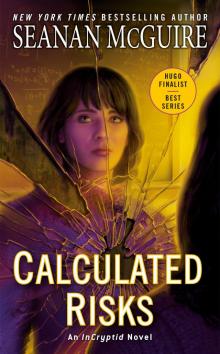 Calculated Risks
Calculated Risks Laughter at the Academy
Laughter at the Academy The Winter Long
The Winter Long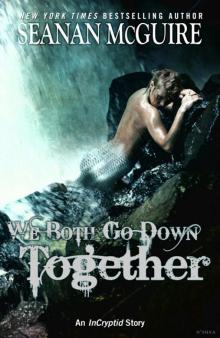 We Both Go Down Together
We Both Go Down Together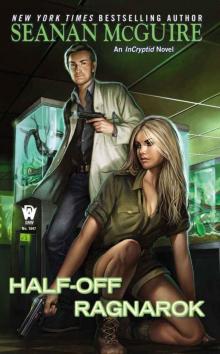 Half-Off Ragnarok
Half-Off Ragnarok Velveteen vs. The Seasons
Velveteen vs. The Seasons Boneyard
Boneyard A Killing Frost
A Killing Frost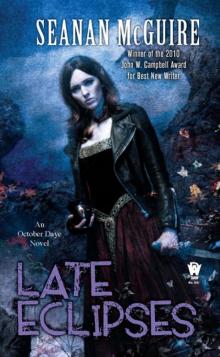 Late Eclipses
Late Eclipses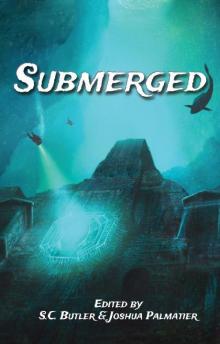 Submerged
Submerged Blocked
Blocked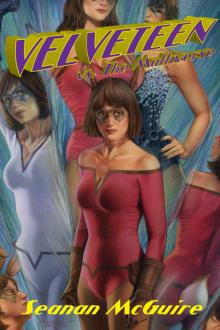 Velveteen vs. The Multiverse
Velveteen vs. The Multiverse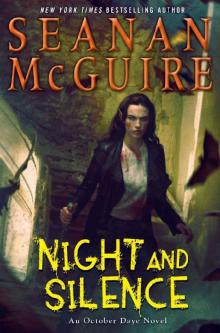 Night and Silence
Night and Silence The Unkindest Tide (October Daye)
The Unkindest Tide (October Daye)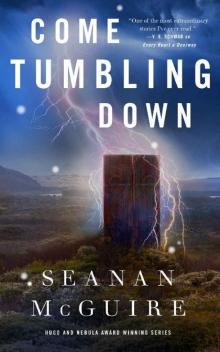 Come Tumbling Down (Wayward Children)
Come Tumbling Down (Wayward Children)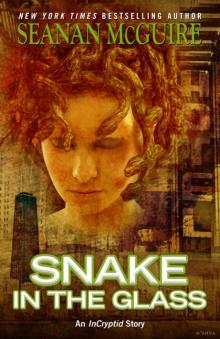 Snake in the Glass
Snake in the Glass Magic for Nothing
Magic for Nothing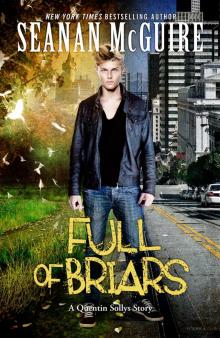 Full of Briars
Full of Briars Oh Pretty Bird
Oh Pretty Bird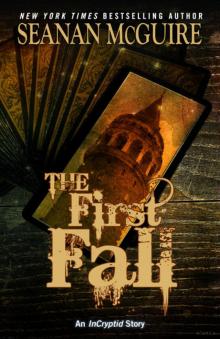 The First Fall
The First Fall Once Broken Faith
Once Broken Faith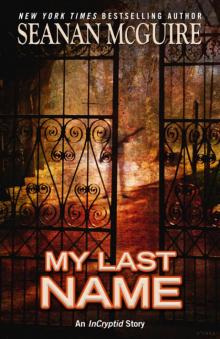 My Last Name
My Last Name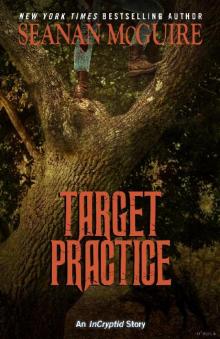 Target Practice
Target Practice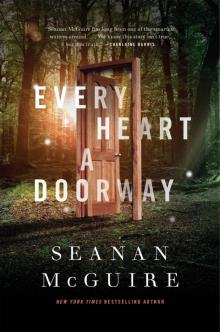 Wayward Children 01 - Every Heart a Doorway
Wayward Children 01 - Every Heart a Doorway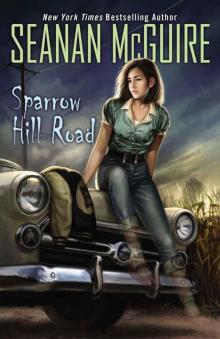 Sparrow Hill Road
Sparrow Hill Road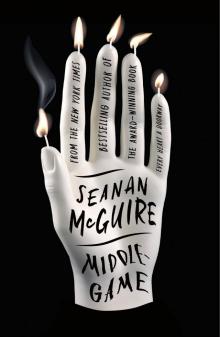 Middlegame
Middlegame Juice Like Wounds
Juice Like Wounds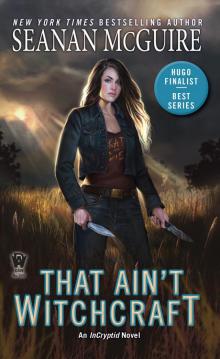 That Ain't Witchcraft
That Ain't Witchcraft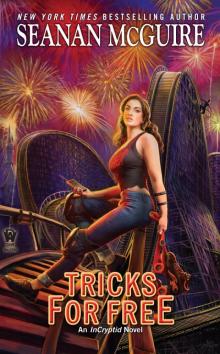 Tricks for Free
Tricks for Free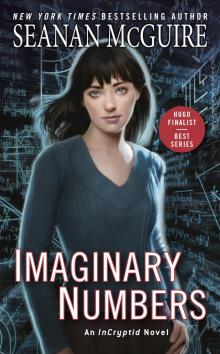 Imaginary Numbers
Imaginary Numbers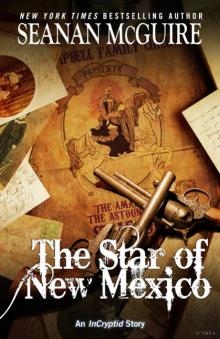 The Star of New Mexico
The Star of New Mexico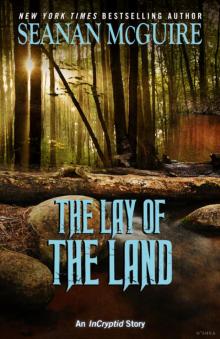 Lay of the Land
Lay of the Land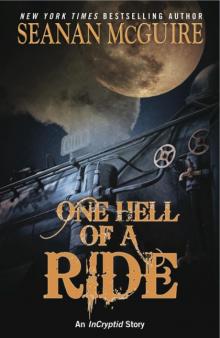 One Hell of a Ride
One Hell of a Ride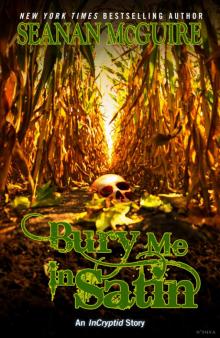 Bury Me in Satin
Bury Me in Satin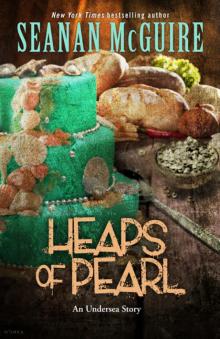 Heaps of Pearl
Heaps of Pearl Sweet Poison Wine
Sweet Poison Wine When Sorrows Come
When Sorrows Come Every Heart a Doorway
Every Heart a Doorway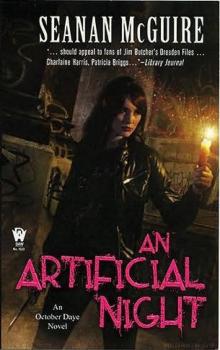 An Artificial Night - BK 3
An Artificial Night - BK 3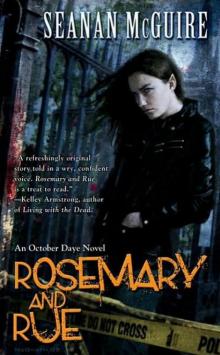 Rosemary and Rue
Rosemary and Rue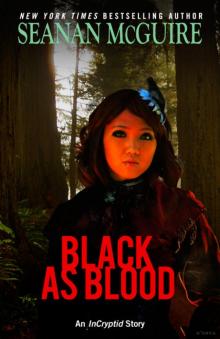 Black as Blood
Black as Blood Loch and Key
Loch and Key Discount Armageddon: An Incryptid Novel
Discount Armageddon: An Incryptid Novel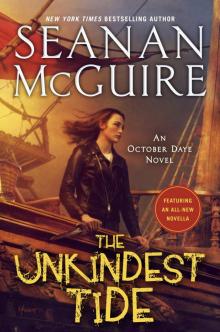 The Unkindest Tide
The Unkindest Tide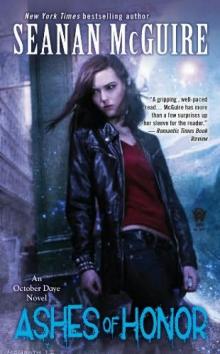 Ashes of Honor od-6
Ashes of Honor od-6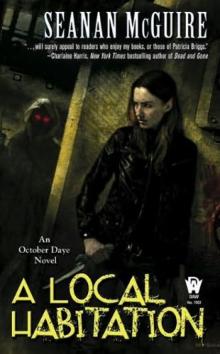 A Local Habitation od-2
A Local Habitation od-2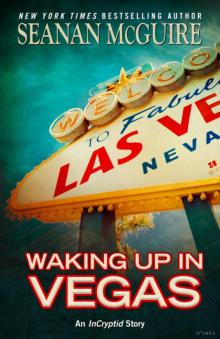 Waking Up in Vegas
Waking Up in Vegas The Ghosts of Bourbon Street
The Ghosts of Bourbon Street Midnight Blue-Light Special i-2
Midnight Blue-Light Special i-2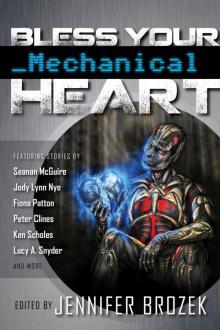 Bless Your Mechanical Heart
Bless Your Mechanical Heart Chimes at Midnight od-7
Chimes at Midnight od-7 The Way Home
The Way Home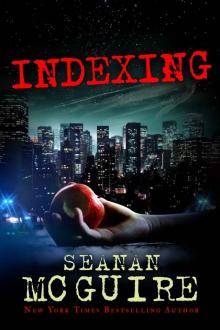 Indexing (Kindle Serial)
Indexing (Kindle Serial)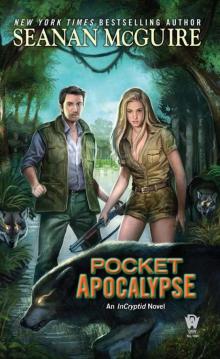 Pocket Apocalypse: InCryptid, Book Four
Pocket Apocalypse: InCryptid, Book Four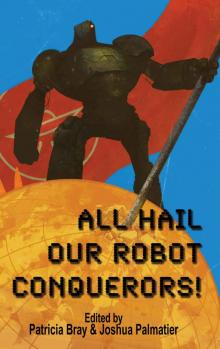 All Hail Our Robot Conquerors!
All Hail Our Robot Conquerors! Were-
Were-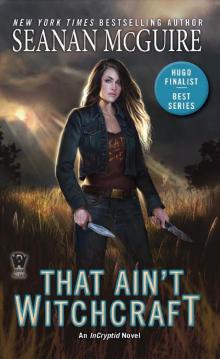 That Ain't Witchcraft (InCryptid #8)
That Ain't Witchcraft (InCryptid #8)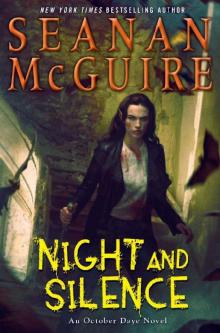 Night and Silence (October Daye)
Night and Silence (October Daye) Late Eclipses od-4
Late Eclipses od-4 Ashes of Honor: An October Daye Novel
Ashes of Honor: An October Daye Novel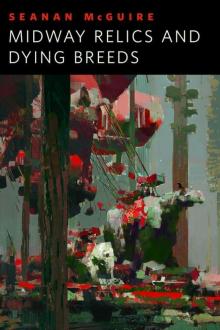 Midway Relics and Dying Breeds: A Tor.Com Original
Midway Relics and Dying Breeds: A Tor.Com Original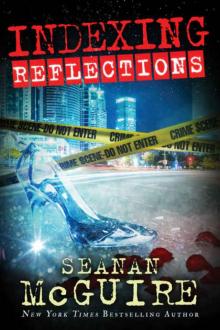 Indexing: Reflections (Kindle Serials) (Indexing Series Book 2)
Indexing: Reflections (Kindle Serials) (Indexing Series Book 2)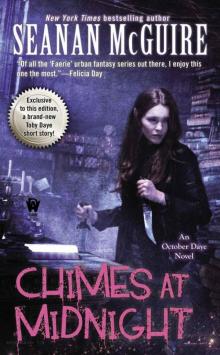 Chimes at Midnight: An October Daye Novel
Chimes at Midnight: An October Daye Novel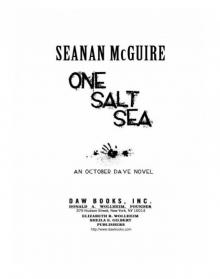 One Salt Sea: An October Daye Novel
One Salt Sea: An October Daye Novel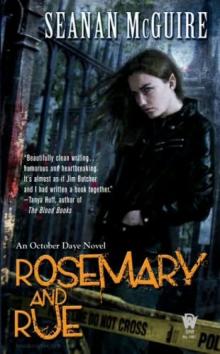 Rosemary and Rue od-1
Rosemary and Rue od-1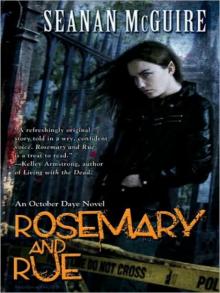 Rosemary and Rue: An October Daye Novel
Rosemary and Rue: An October Daye Novel Lightspeed Magazine Issue 49
Lightspeed Magazine Issue 49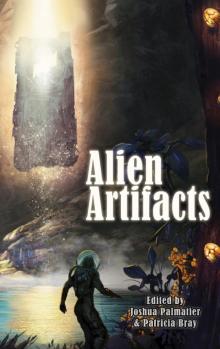 Alien Artifacts
Alien Artifacts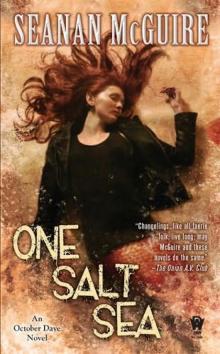 One Salt Sea od-5
One Salt Sea od-5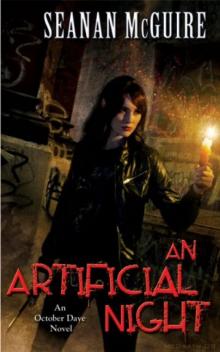 An Artificial Night od-3
An Artificial Night od-3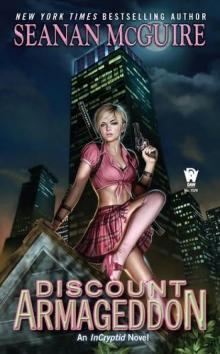 Discount Armageddon i-1
Discount Armageddon i-1